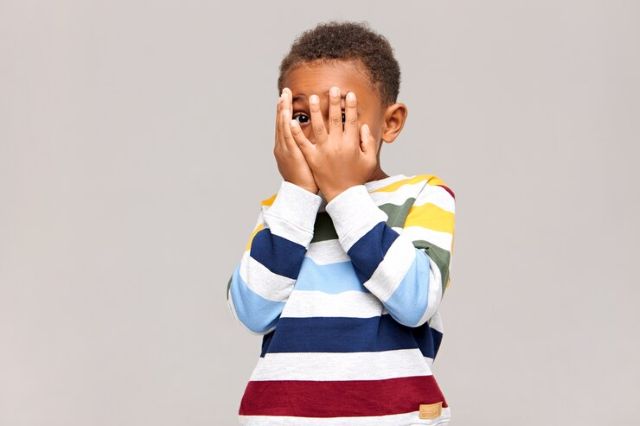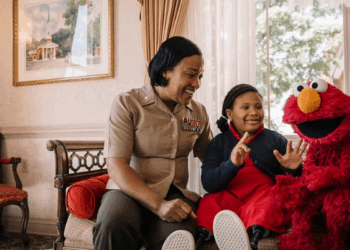Ensuring a child’s safety goes well-beyond “stranger danger”. Although reminding them to be safe and weary among strangers, that is not all that they need to know to remain safe in today’s world. According to parenting safety experts, here are five things that your child needs to know to stay safe and avoid dangerous situations.

Teach children to avoid potentially dangerous situations
Children who are alert and aware of their environment are better prepared to avoid danger. Teaching children to pay attention to their surroundings, rather than being distracted by phones or other devices, is crucial. This means recognizing potential hazards, such as busy streets, unfamiliar dogs, or strangers acting suspiciously.
“If you are walking, and you see a man sitting in an idling car, move to the other side of the street,” Dale Bendler, MA, a former CIA Agent and chairman of ONE.61Cyber and Urban Safety Company at Stay Safe Digital Academy told Parents.com. “[For teenagers] at parties, make your own drink—even nonalcoholic drinks. And, online, only ‘friend’ people you know. For online commentary, don’t engage in a heated debate.”
Encourage children to trust their instincts
One of the most powerful tools children have is their intuition. Kids who know how to avoid danger often trust their gut feelings. If something doesn’t feel right, they have learned to remove themselves from the situation or ask for help. Encouraging children to speak up when something feels wrong, even if they can’t explain why, helps them develop confidence in their decision-making.
“Reinforce that saying no is always OK, and that seeking help from a trusted adult is crucial,” Stacey Doumas, MD, a child and adolescent psychiatrist at Jersey Shore University Medical Center to the outlet. “Help them develop strategies for finding someone safe.”

Ensure that your child knows their address and where the safe spots are located
Just as you would teach your children were not to go, ensure that they are fully aware of where they can go if they need help. Make sure that they know their addresses. You’d be surprised how many young kids cannot tell you exactly where they live.
“Even very young children can learn this,” Nancy Topping-Tailby, MSW, a licensed social worker and mental health clinician at Education Development Center said. “Also, show them where your friends and family members live and point out safe places to go in your community to find a person they can trust, such as a firehouse, school, library, or store.”
Create a code word
Establishing a code code word with your child, whether younger or older, is an important yet simple safety tool that helps children stay safe. It provides a simple, clear way to communicate when they are in potentially dangerous situations.
Cynthia Vejar, PhD, LPC, LSC/PPS, NCC, an associate professor and director of the CMHC/SC/TR certification programs at Lebanon Valley College provided a very simple yet power example of this safety tip to Parents.
“For example, if the dangerous person tells a child to call their parents and let them know they will be home later than expected, and the child has already established a code word like ‘ice cream,’ they can say: ‘Mom, I’m going to be home late. Sure, we can go get ice cream later.’”

Maintain consistency and communication
Establishing safety protocols for your children does not happen overnight and is something that is not stagnant but ever-evolving. The important thing here is to maintain consistency with your expectations and safety rules. And as always, have consistently open communication. Make sure that they know that communication with you is not only a top priority but a safe, judgement free zone.






